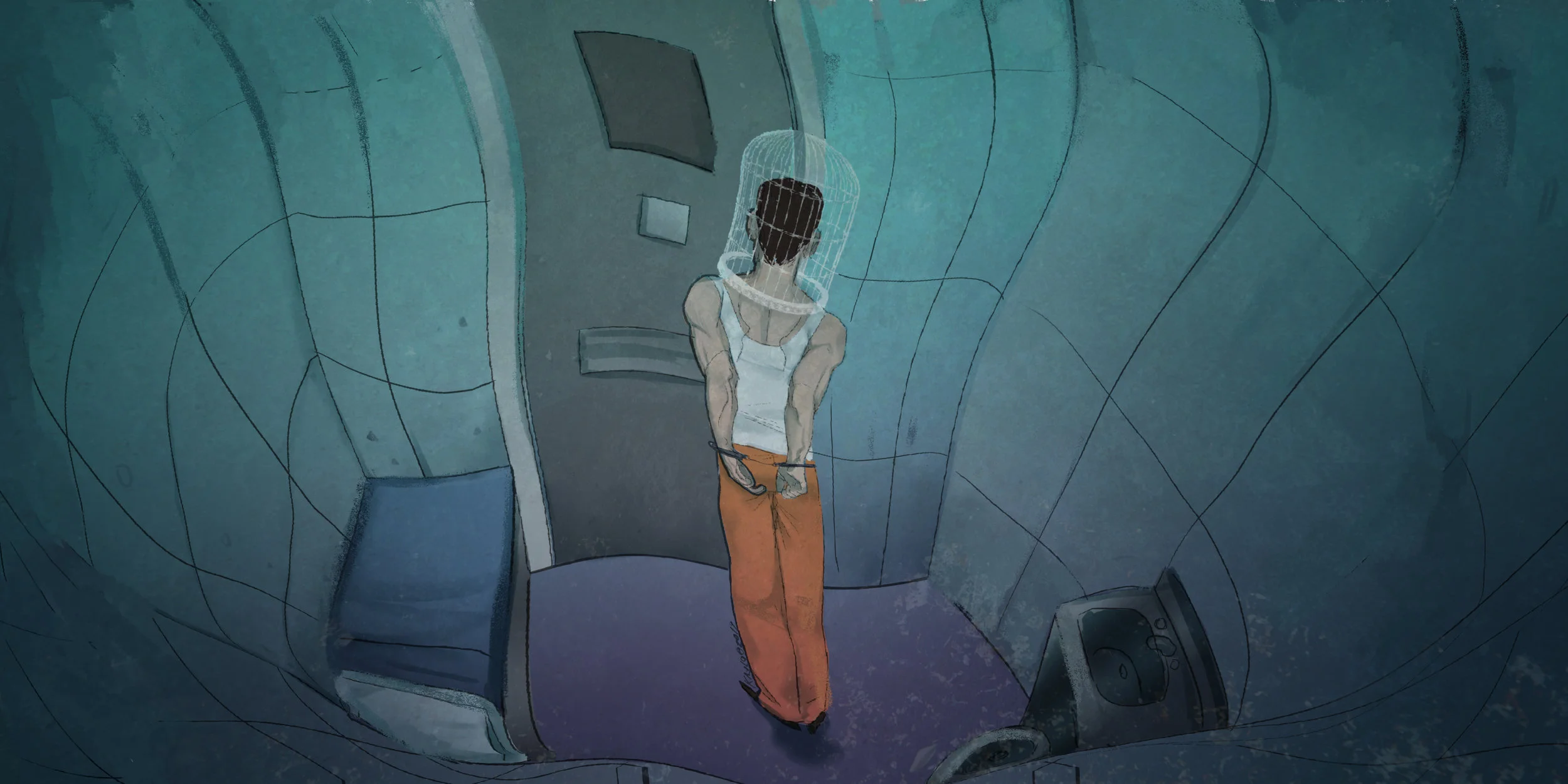October 2018
Issue 29: Fish
One fish, two fish, red fish, blue fish. There are many kinds of fish in the sea, and some capture the imagination more than others (I’m looking at you, Nemo). But fish aren’t limited to the ocean, of course, and many of their freshwater friends are just as fintastic
This issue, in collaboration with the Australian Society for Fish Biology, we are hosting a national poll to crown Australia’s Favourite Fish. We hope to open your eyes to the wonderful and often overlooked diversity of our native fishes, and to establish a swimming order of Aussie species.
Nowadays, fish are also found in the lab, but should we be experimenting on fish at all? We take a fresh look at fishy issues this month.
Cover illustration by August Hao
Editorial
Australia’s Favourite Fish
When asked to name an iconic Australian animal, our minds usually tend towards mammals and birds. But our waters also host a veritable wealth of fish diversity: Australia is home to over 5000 species, from the magnificent whale shark at 10m in length to the miniscule red-finned blue-eye, which barely scrapes past 2.5cm.
Australia’s Favourite Fish is a celebration of this incredible diversity. Whether you’re a scientist, an angler, an aquarium hobbyist, or just a general lover of wildlife, there’s plenty to treasure about our native fish.
Choose your favourite and champion your fish on social media (#AusFaveFish) to family and friends. Voting ends at midnight on October 31 AEST.
Features
Our appetite for fish is greater than ever. To tackle the issue of sustainability, we need sound science.
Taxonomy in the 18th century struggled with how to define whales and dolphins. But even after science had reached a consensus, popular imagination continued to wonder: is a whale a fish?
Every year in Australia, scientists use more than a million marine animals for research and teaching. Untangling the ethics of their use is a slippery business.
What can a humble fish tell us about our brains? Quite a lot, as it turns out
In small-scale fisheries, the fisherwoman's role has long been overlooked. Are women key to sustainable seafood success?
Articles
A captive breeding program may help prevent the aquarium trade from eradicating its most illustrious client.
The Under the Coverslip competition pulls back the curtain on some of the beautiful and colour-splendid sights that can be found only by staring down the lens of the microscope.
The leafy seadragon is like nothing else in the ocean, a weird and understudied fish that has enthralled many a diver in Australia’s southern coastal waters.
To effectively study diseases, we must first replicate their processes and symptoms outside the human body.
Our brains can evoke pain even in the complete absence of bodily damage. How do we manage this process when it becomes harmful?
Graduate school entry requirements focus on formal research experience. But some skills needed to work as a scientist can be gained outside the lab.
CRISPR technology may hand a lifeline to patients living under the terminal cloud of Duchenne muscular dystrophy.
Columns
Microbiome hype is relatively new, but the idea that some microbial ecosystems help, not hinder us, is much older than many people realise.
The search for dark matter and clues to its identity has reached epic proportions, but is dark matter a satisfying paradigm?




































































What do you call a person who fishes? The conventional wisdom is changing, and for the better.